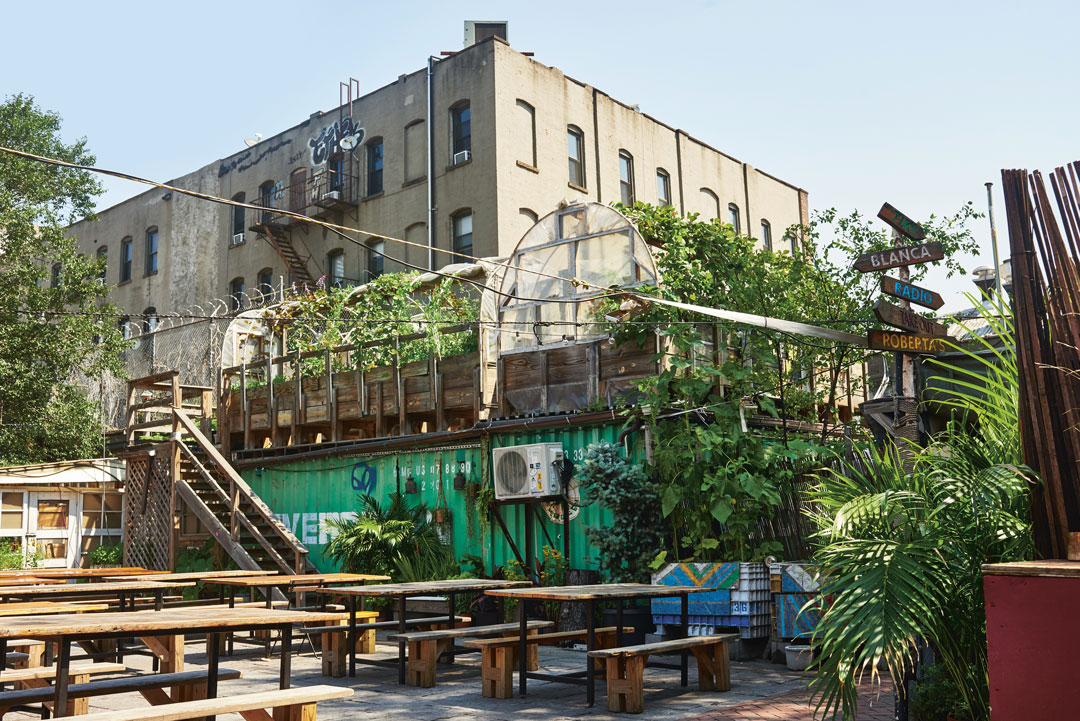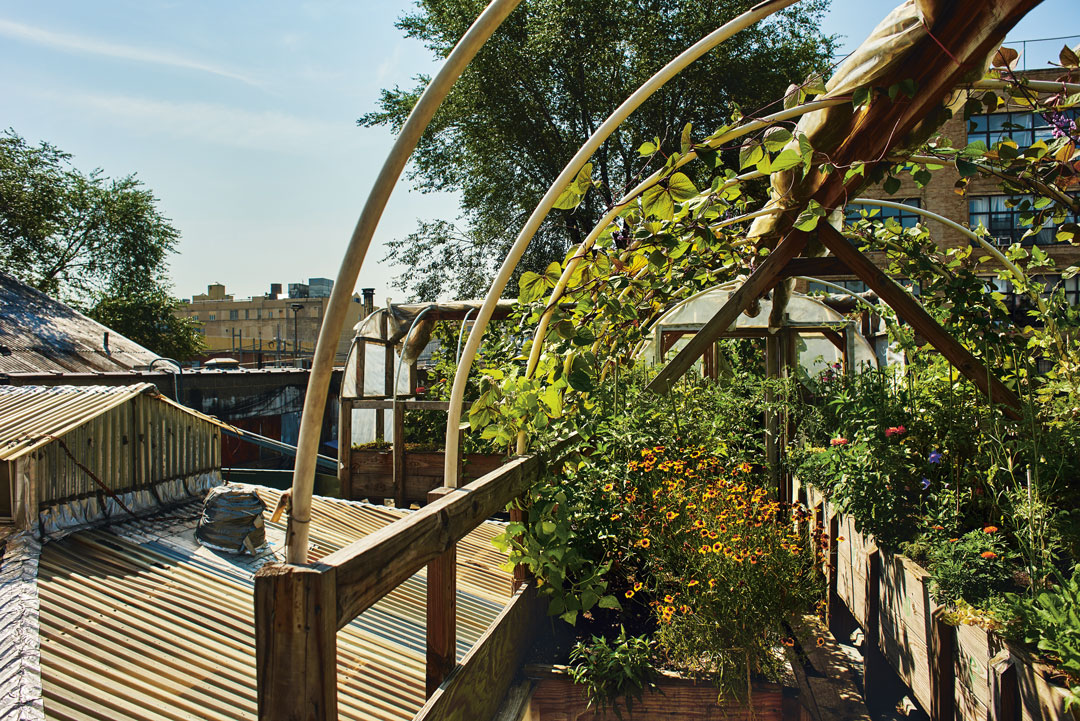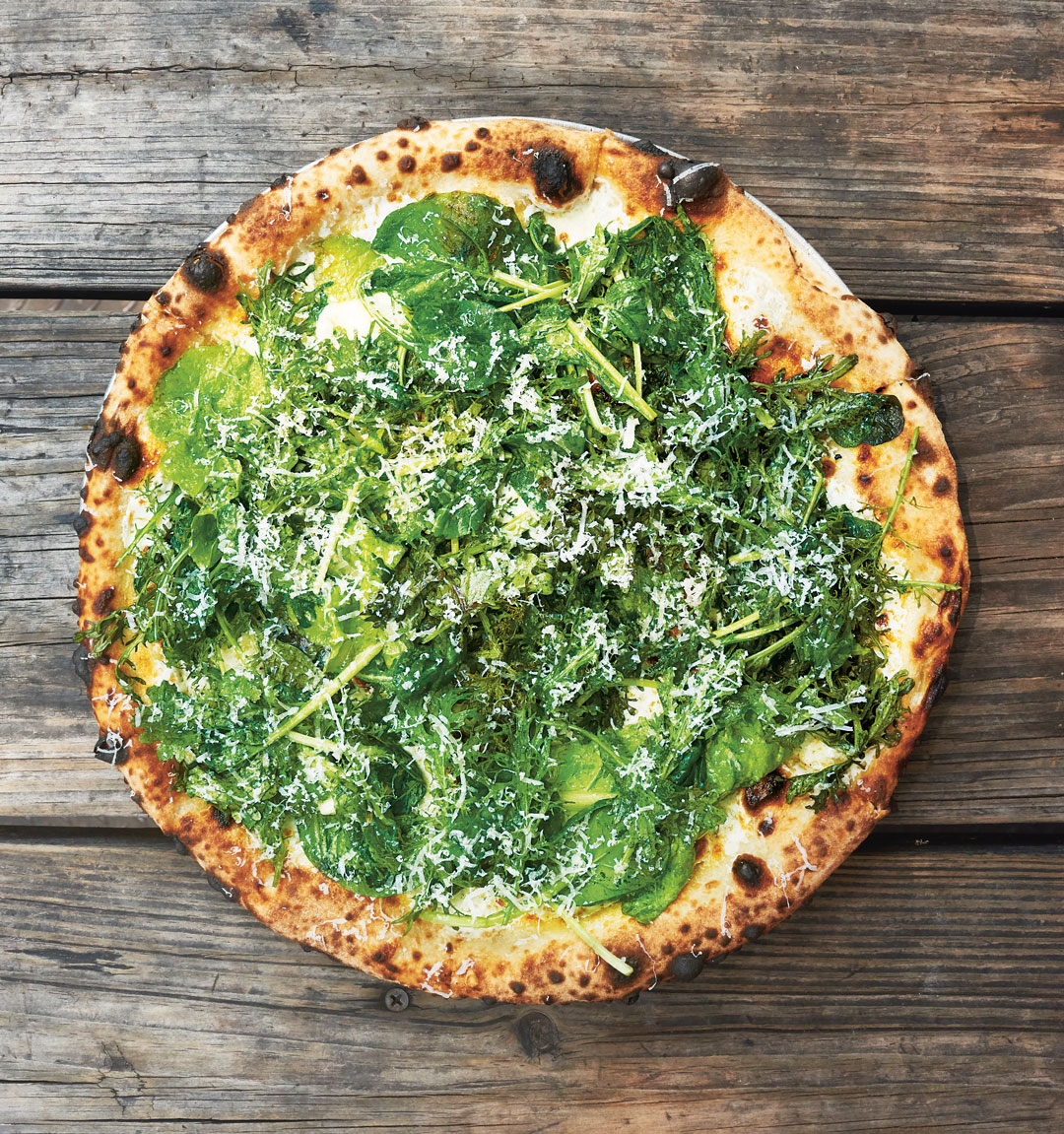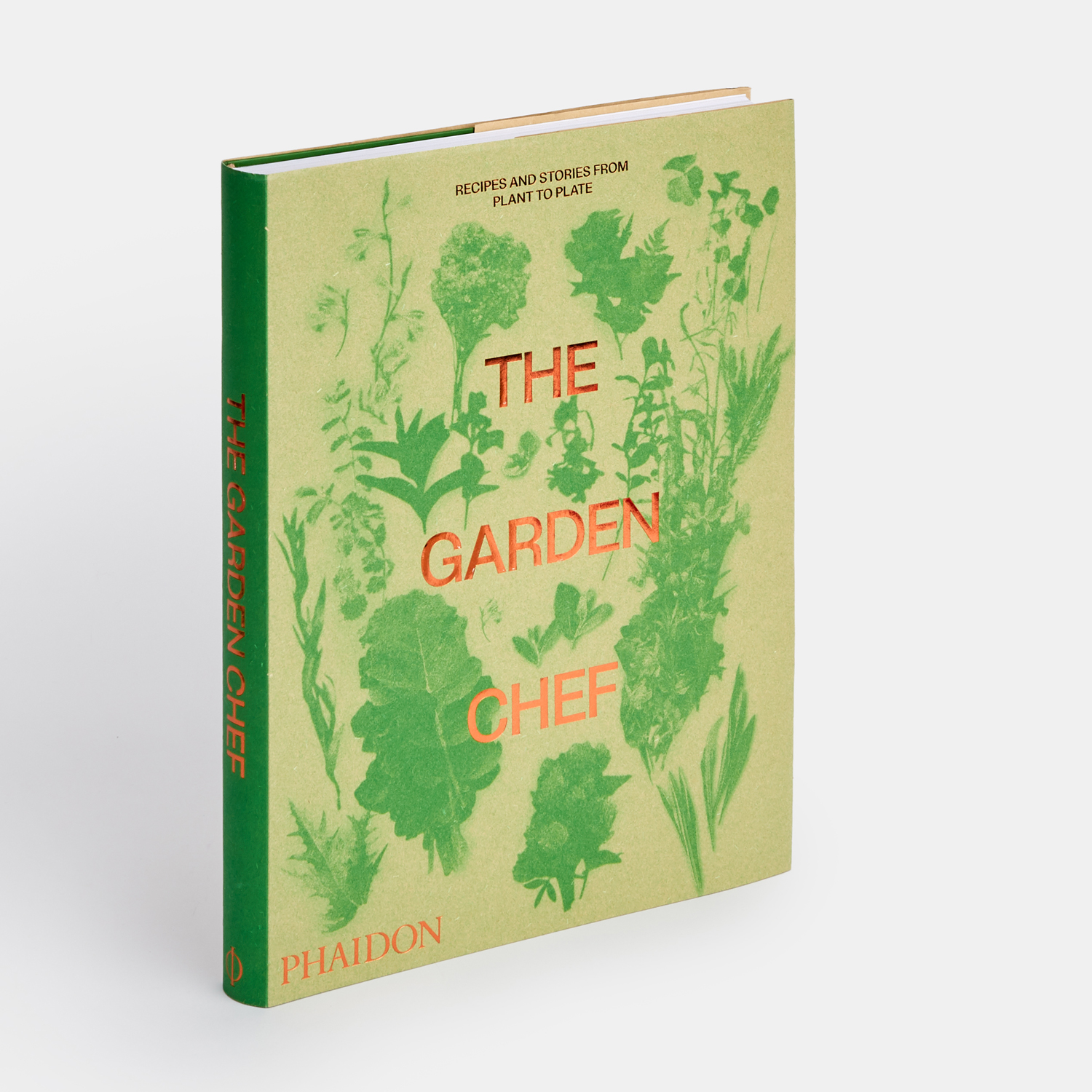
Want to garden like Carlo Mirarchi? Then change the soil
The ground at Roberta's in Brooklyn was tainted by big-city life. So they decided to bring in some fresh earth
Some countryside restaurants trade on their sophisticated terroirs, but New York chef Carlo Mirarchi of Roberta’s in Brooklyn always knew his local environment needed a bit of a boost.
“The area that is now the Roberta’s compound used to be a used-car lot,” explains Mirarchi in The Garden Chef: Recipes and Stories from Plant to Plate, “so we didn’t trust the soil.”
Instead the chef – who co-founded Roberta’s in 2008 with business partners Brandon Hoy and Chris Parachini – set about constructing a container garden on his plot. “Mirarchi and Hoy repurposed shipping containers into elevated greenhouses and filled moveable big containers with vegetables and herbs,” explains the text in The Garden Chef. “The restaurant is now famous for its pizza, creative modern dishes, and fresh salads, and grows more than 20 percent of what it serves.”
Mirarchi, who oversees Roberta’s and its Michelin-starred sister restaurant Blanca, appreciates the advantages of growing in an urban centre, in pots. “Creating a container garden allows you to overcome any soil limitations,” he explains. “We used a mix of bought-in topsoil, potting soil, and compost. The upside of our urban location is that the garden is a little warmer than is typical here in Northeast USA due to the heat island effect of being in a city.”

Over the past decade, the chef alongside the restaurants’ gardener Melissa Metrick have steadily increased their growing space. “It’s now a patchwork garden of around a quarter of an acre in total, with green pockets in the backyard of the restaurant, a container orchard with picnic tables in the middle, a tiki area flanked with palm plants and raised beds on the roof of a shipping container that is also home to the world’s pioneer food radio network, Heritage Radio,” says Mirarchi.
“We’ve managed to squeeze a lot into the garden, growing over 75 different fruits, vegetables, herbs, cutting and edible flowers, as well as evergreens, perennials, and ornamental plants,” he goes on. “We focus on a lot of baby greens in the spring, such as Scarlet Frills mustard, Esmee arugula (rocket) and Lacinato kale (Brassica oleracea), which we use as a garnish on our kitchen dishes as well as for the White and green pizza. In the summer, we focus on crops such as Fairy Tale eggplant (aubergine, Solanum melongena), purple tomatillos, different varieties of basils including Thai, llemon and lime, and holy basil, as well as anise hyssop (Agastache foeniculum), nasturtium, and bronze fennel. In the fall (autumn), we keep our summer crops going, plant baby greens again, as well as crops that can grow in winter, such as purple carrots.”

The kitchen brigade also help out in the garden too, and have found that, in nurturing the plants, they get a little self-care too. “As well as being a place where we can reconnect with the natural environment, the garden provides a therapeutic, private place where the staff can collect themselves,” says Mirarchi. “Working in the service industry can be stressful: the garden, a quiet, green oasis, is where our chefs can take a breather, and where we eat our family meal.”

For more on Roberta’s growing techniques and to gain access to Mirarchi’s recipes, as well as much more besides, order a copy of The Garden Chef here.